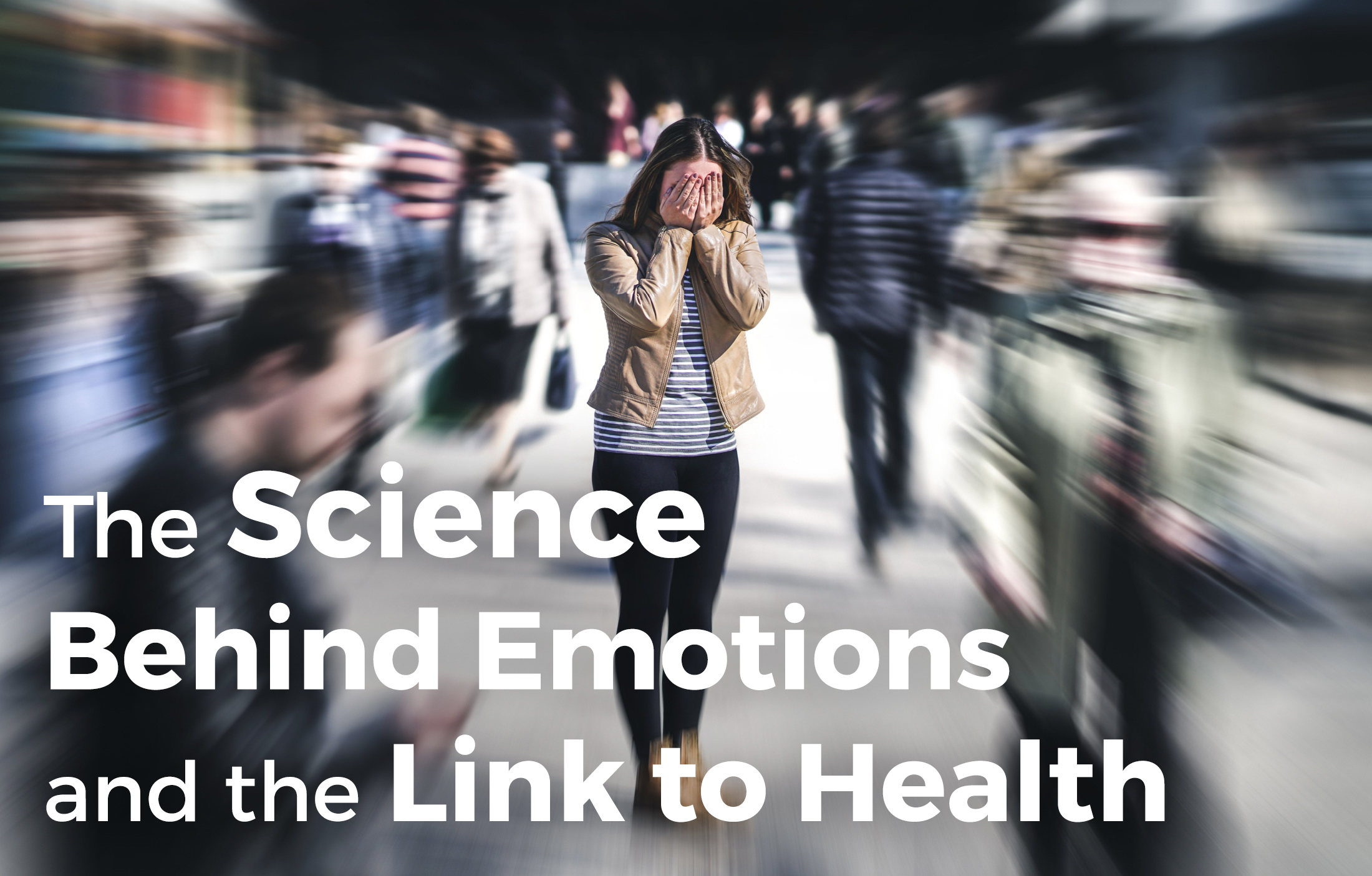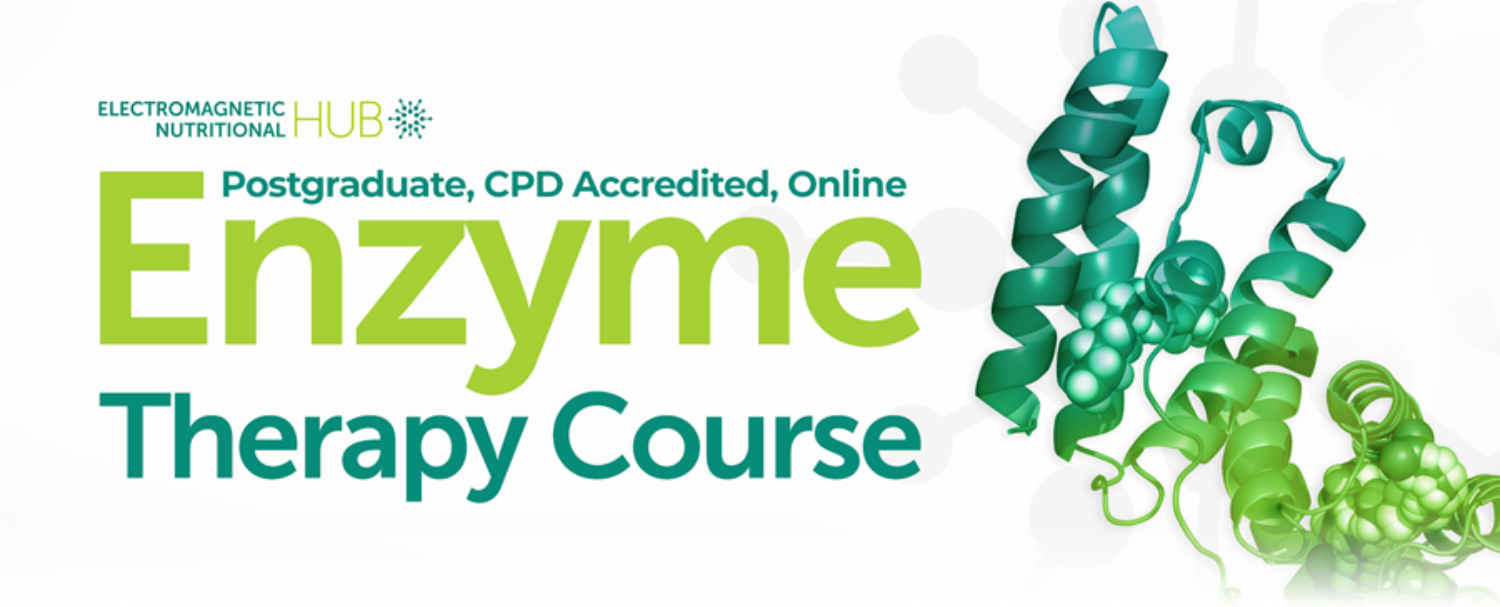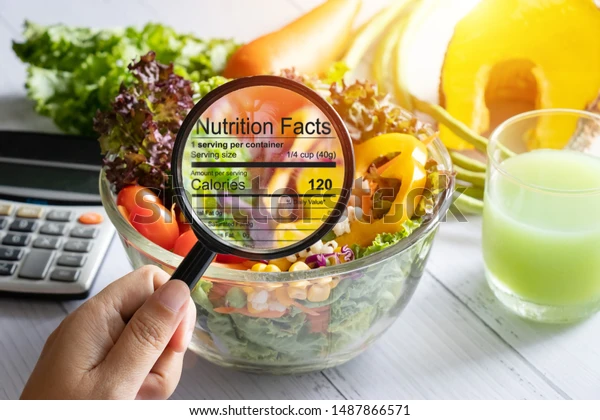It’s an age-old question – what is love? In fact, the whole concept and process of human emotions is a timeless conundrum. Such as, why do some people ‘feel’ things more strongly than others, and how does our emotional balance tie in so strongly with our physical health?

It is impossible to see emotions purely in terms of external factors. Though when things happen to us – good, bad, or alarming for example – we experience a relevant emotional response. However, there has to be more involved than simply an instinctive and largely hormonal reaction.
That’s especially true as strong emotions like grief and stress can result in physical symptoms in some people and not others and can actually change our brain’s chemistry and long-term health prognosis.
This clearly indicates that complex internal factors are involved in shaping, controlling, and amplifying our emotions. There is something within us, that alters our ability to manage and recover from powerful or unwelcome emotional imbalance. This then dictates the complexity and variety of this human experience.
It is not something that can be explained away with neurobiology and biochemical matter either.
In this article, we will explore established theories on emotions in the context of both chemistry and physics. It will include a discussion on why emotional balance is a topic that resonates with the naturopathic community, and how meaningful and well-considered nutrition influences its status and outcomes.
Internationally acclaimed neuroscientist and pharmacologist Dr Candace Pert (1946-2013) was highly influential in the foundation of Mind-Body Medicine. She has been endowed with titles such as the “Mother of Psychoneuroimmunology”, and the “Goddess of Neuroscience”.
Dr Pert’s concept of chemicals forming a dynamic information network within humans was considered revolutionary, and the way she linked mind and emotions to health and wellbeing was absolute.
Her view was ““Since emotions run every system in the body, don’t underestimate their power to treat and heal.”
It is an established fact that our brain functions using chemical substances called neurotransmitters. Dr Pert’s groundbreaking research uncovered additional chemicals – and chemical reactions – that act as ‘informational substances’.
These are neuropeptides – traditionally associated with gut and growth. However, she demonstrated that they also affect mood and behaviour.
The belief that “neuropeptides as the biochemicals of emotion” led to use of mood-altering medicines to mimic the natural information substances.
This is one of the primary foundations of pharmacotherapy, which seeks to treat behaviourial and mental health conditions, especially addictions, by altering brain chemistry.
The fact that pharmacotherapy is not always successful or even helpful, clearly indicates that biochemical balance is still just part of the story, in terms of emotion creation, control and recovery.
In fact, Dr Pert acknowledged this. It is highly significant that she also believed that emotions are not simply a chemical reaction in the brain that can be artificially adjusted. Her view was that emotions are “electrochemical signals that affect the chemistry and electricity of every cell in the body.”
Therefore, our emotional state impacts our body’s electrical state, and in turn this becomes an outward reflection of our mental status. Dr Pert said: “We’re vibrating like a tuning fork -- we send out a vibration to other people. We broadcast and receive. Thus, the emotions orchestrate the interactions among all our organs and systems to control that.”
Electrical systems and emotional balance
Much of what has been discussed so far is the chemical connection between emotions and our physiology.
However, there is a body of opinion that emotions are strongly linked to physics too. It is a theory that brings together the mind-body connection and the fact that our bodies run on energy to a cellular level.
Every cell - and our body as a whole - carries an electrical charge. It is the force that sustains life, and humans are a complex system of ‘rechargable batteries’ and electrical wiring and transmitters.
Vital organs and functions are linked by circuits, which also support constantly communication, such as the gallbladder to the liver. It is exactly why organs can work in unison.
This electrical charge is doing tasks at a microscopic level of course. Especially the crucial process by which we repair and replace cells that become damaged or too weak to serve their purpose. We use energy to kickstart new cell production and all forms of healing.
For this to happen we need all the right ingredients, including the nutritional elements required for cellular protection, repair and regeneration. We also need nutrition that helps us to tackle the toxins that could limit cellular health and growth.
Underlying all of this is the need for our bodies to contain sufficiently high enough ‘voltage’ to keep the process active and strong.
The citric acid cycle (also referred to as the Krebs cycle) is how the body releases energy from what we eat, to fuel a vital array of biochemical reactions. It is therefore a fundamental need for humans to keep this cycle functioning well, to ensure our biological voltage is kept at the right level.
What has this got to do with emotions?
Imagine a human body with plenty of energy created from carbohydrates, proteins and fatty acids, which is then efficiently stored in rechargeable battery packs, firing up circuits such as the spleen and stomach one.
It is efficient, resilient and can handle biochemical surges from intense emotional reactions with ease.
However, strong emotions can act as a type of magnetic field, interfering with the electrical flow throughout your body. It is part of our intrinsict response system, such as our body’s ability to divert energy to our limbs, if danger is detected and flight or fight may be needed.
Now imagine if your body has low voltage, and some of the energy flow around your circuits is poorly supported. A strong emotional surge can be much harder to deal with and can in fact create significant damage.
There is also an increased possibility that from low voltage and emotional ‘blockage’ you become far more vulnerable to infections.
Micro-organisms can get active in this sort of environment, generating the toxins that create inflammation and dis-ease.
This in a nutshell could explain why someone with low mood, depression or anxiety could become physically ill, making them feel even worse and even less in control.
It is also logical that when your body is experiencing low voltage, even strong positive emotions can have repercussions, including potentially making you feel even more tired, and susceptible to illness.
Somatic Symptoms of emotions
Have you ever had a lump in your throat, as a result of a powerful emotional response?
Strong emotions can cause physical experiences, and the most common somatic symptom is pain. It is also possible to experience other physical reactions to your emotional status, including stomach aches, nausea, dizziness, weakness, trouble breathing formally and even changes in hearing or vision.
Somatic Symptom and Related Disorder (SSRD) is the term attached to when emotional distress creates significant physical issues which have no immediate medical cause. It is believed to affect one in ten children, but can also be experienced by adults.
There is a strong leaning towards validating these symptoms, instead of seeing them as some sort of ‘hysterical’ or fake reaction.
Consider this though, could these ‘inexplicable’ physical symptoms arising from emotions, be linked to the fact these children have low voltage, due to their diet and immature ability to cope with magnetic interference in energy flow around their circuit?
The role of nutrition in emotional balance
The connection between what we consume and our neurological and hormonal health is well documented. It is clear that we can improve our ability to remain positive emotionally, using the principles of purposeful nutrition.
However, this is not just a matter of eating foods that support the release of beneficial hormones like endorphins. Our sense of wellbeing and positivity can be supported by our food choices, in incredible ways, which in turn helps to protect our physical function, mental stability and energy voltage and flow.
It is especially tied up in the electromagnetic nutrition concept formulated and promoted by Conella, which we have explored elsewhere on this website (LINK).
Nutrition is closely intertwined with human function, cognition, behaviour, and emotions. Not least, as it can be the key to keeping your cellular level energy reserves buoyant, to enable you to manage emotional responses with far greater ease.




